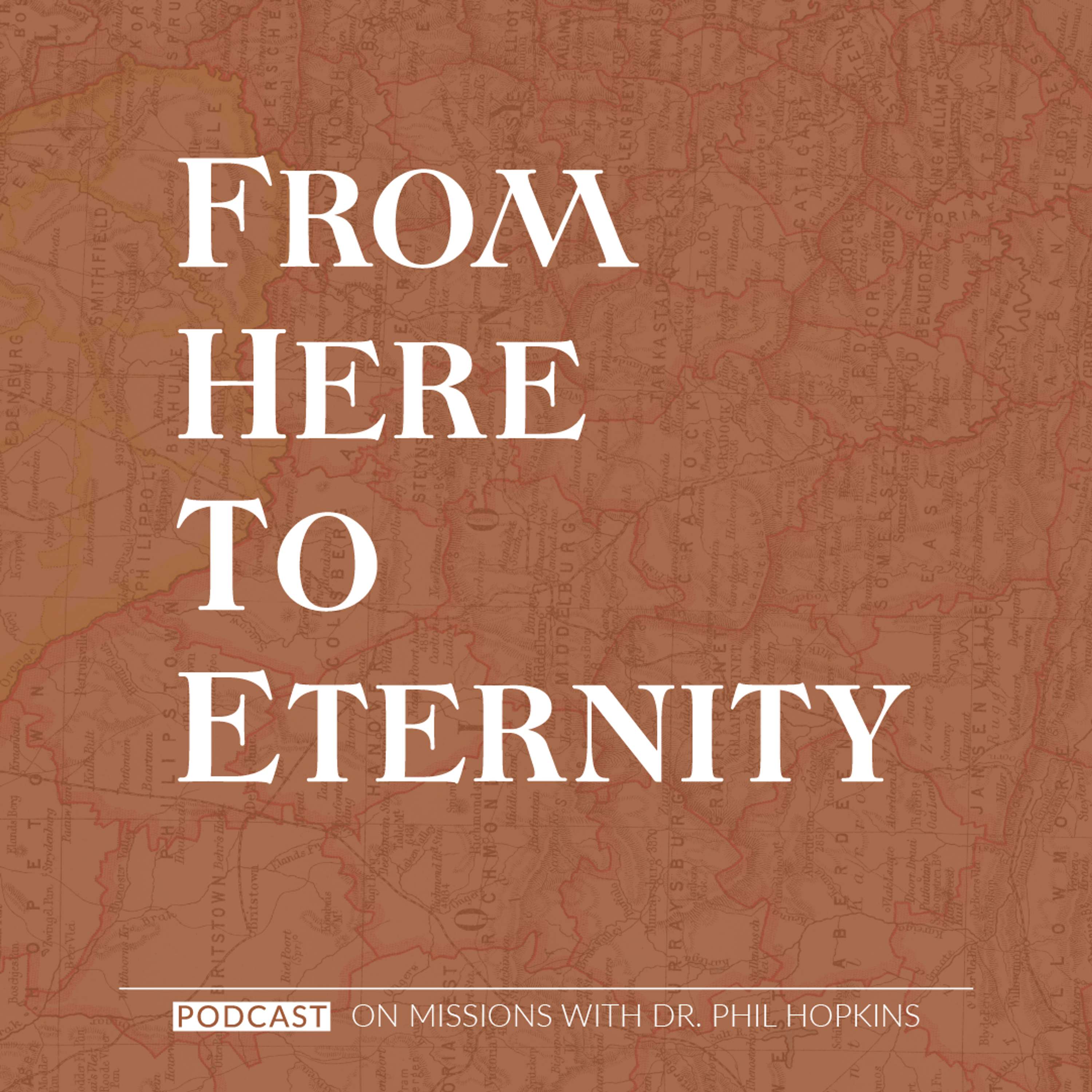Teaching from the book of Revelation can be intimidating, no doubt about it. Here are a few suggestions that might help teachers to decide to accept the challenge.
First, as you read a passage from Revelation, ask yourself what it teaches about the three major themes. One is the authority of God. What is the passage saying about the authority, sovereignty, and dominion of God? This is found in his roles as creator, his reign over history, and his end-time judgments. Jesus’ resurrection and second coming ultimately defeat Satan. Ultimately, Revelation is all about God’s sovereignty. Another theme is consistent perseverance. What does the passage say concerning the perseverance and patient endurance of believers? What are we to do? The emphatic call to stand strong and remain faithful in the midst of persecution is a recurring theme. Finally, there is the theme of being on mission. Closely connected to perseverance is the theme of witnessing for Christ. Believers are to be witnesses until we die or Jesus returns. What does the passage challenge the believer to do concerning witnessing?
Second, stress the meaning of the symbols. We must recognize that this type of literature is filled with symbolism. Finding out what a symbol means presents the biggest challenge to teachers. Most readers tend to take the images too literally and try to match them with modern people or events. This practice has been attempted for two thousand years with zero success. It was not John’s (nor the Holy Spirit’s) intention for readers to match the beast with the pope, Napoleon, Kaiser Wilhelm, Benito Mussolini, Ronald Reagan, Bill Clinton, George Bush, Barack Obama, or Donald Trump––just a few examples of utter fails.
In many cases the meaning of the symbol is clear—Jesus is the lamb, the lion, the male child, the bridegroom. The bride and the great multitude are believers. The dragon and the ancient serpent are Satan. The liars, idolaters, and inhabitants of the earth are unbelievers. John or an angel interprets many symbols (1:20; 4:5; 5:6; 12:9; 17:9-15), and in other places, the meaning of the symbol is only slightly veiled (1:13-19; 4:2). The rest of the symbols—over three hundred—need more help for teachers. Study Bibles are a starting point. My book, Lions, Locusts, and the Lamb: Interpreting Key Images in the Book of Revelation (Eugene, OR: Wipf & Stock, 2019), categorizes and explains what most of the symbols mean.
Thus, teachers must come to the text with symbolic readiness. A bear is not a bear; a sickle is not a sickle; a mountain is not a mountain; a star is not a star. We should reverse a common but misguided assumption. Instead of assuming literal, conventional language and then resorting to symbolism when it is impossible to sustain it, the cautious interpreter of Revelation rather assumes symbolical meaning first.
Start here with stressing the themes and unlocking the symbols. John encourages us to accept the challenge and teach Revelation. “Blessed is the one who reads aloud the words of this prophecy, and blessed are those who hear it and take to heart what is written in it, because the time is near” (Rev. 1:3 NIV).
Read More

Excerpt — Towards a Clearer Understanding of Jonathan Edwards’s Biblical Typology: A Case Study in the ‘Blank Bible’
Dr. Cameron Schweitzer provides new insights into Jonathan Edwards’s often mischaracterized typology.

Excerpt — The Complete Works of Andrew Fuller Volume 10: Apologetic Works
In Dr. Chris Chun’s newest publication, he provides commentary for The Complete Works of Andrew Fuller Volume 10: Apologetic Works.
Listen
Wisdom Books | Ecclesiastes
A common misconception about the book of Ecclesiastes is that it is very pessimistic. In actual fact, there is great comfort throughout the book that while life without God is meaningless, there is great satisfaction found when we cling to the Lord, and only to Him.

Ministering in Finland
Mikko Sivonen, Academic Dean of the Agricola Theological Seminary in Finland, joins Dr. Hopkins to discuss working as a missionary in a place where people are predominantly a different denomination than you. You can learn more about Mikko’s work here www.agricolasemin




